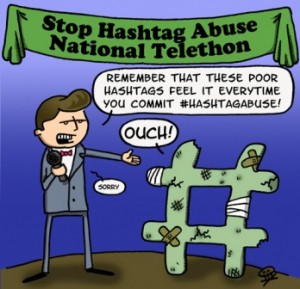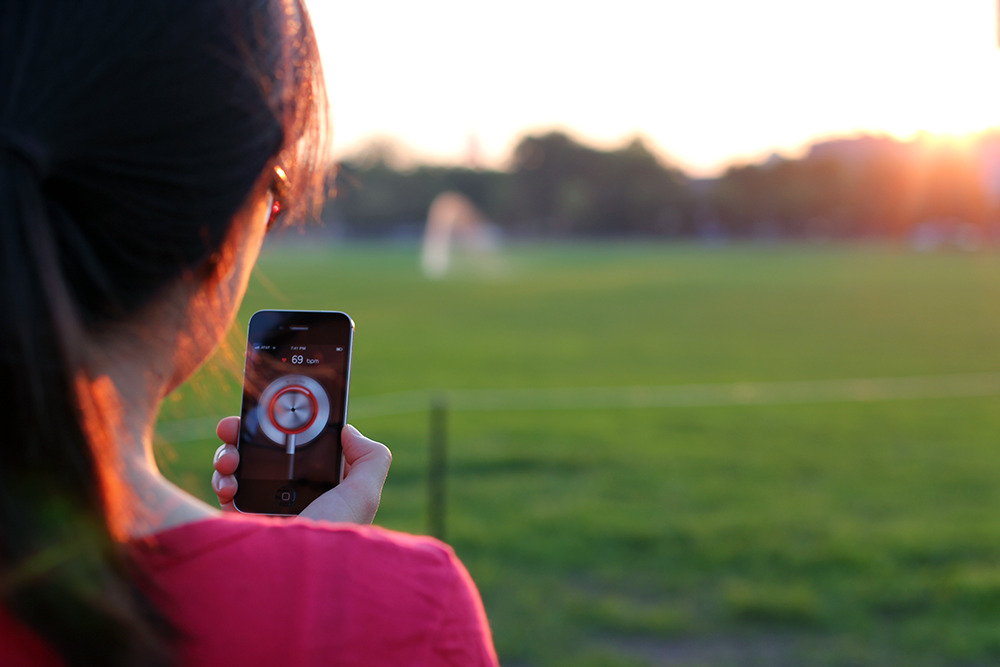
http://www.youtube.com/watch?v=57dzaMaouXA
Using a hashtag in a tweet or in a post on Facebook can be a very valuable way to draw attention to a keyword or phrase of your choosing. However, it is very easy to annoy people and lose the meaning of your post through hashtag abuse. The most clear and hilarious example of hashtag overuse comes from a skit in Jimmy Fallon’s Late Night Show. Throughout the skit hashtag abuse runs rampant as common words and even music lyrics are unnecessarily tagged. Apart from being really annoying after it loses its initial charm, exemplified by Questlove’s clear disapproval, the abuse of the hashtag by Jimmy and Justin scrambles their dialogue, making illogical jumps between topics. In this way, the reader loses the intended message and the meaning is misconstrued.
This skit draws very necessary attention to the rampant hashtag abuse that is omnipresent across all social media platforms. #This and #that is becoming unnecessary and ultimately diminishes the intended importance of the hashtag. According to Twitter’s website a hashtag is meant to be used before a relevant keyword or phrase to categorize it and make it show up in a Twitter search. This can be a very useful tool for a small business trying to create buzz for a new product or for a cancer survivor trying to bring attention and insight to issues from their treatment experience. It is meant to broadcast your message and inform other twitterers that you are bringing attention to this topic and that they can join you if they use the same hashtag. Unfortunately, due to widespread hashtag misconduct twitterers now tend to gloss over hashtagged keywords, disregarding them as spam. Therefore what could be a very successful marketing tool has been mostly discredited.
So how do we sift through all of this #hashtagcraziness and how do we restore its functionality? The former is much easier to solve as there are online tools such as Tagboard which search for a specific hashtag across all social media sites. Secondly, to restore people’s trust in the hashtag perhaps Twitter should impose a limit per tweet. Nonetheless hashtag abuse needs to be limited for what could be a very effective tool in reaching out to others and giving a voice to those who need to be heard is currently being mistreated so it fails to reach its potential.





